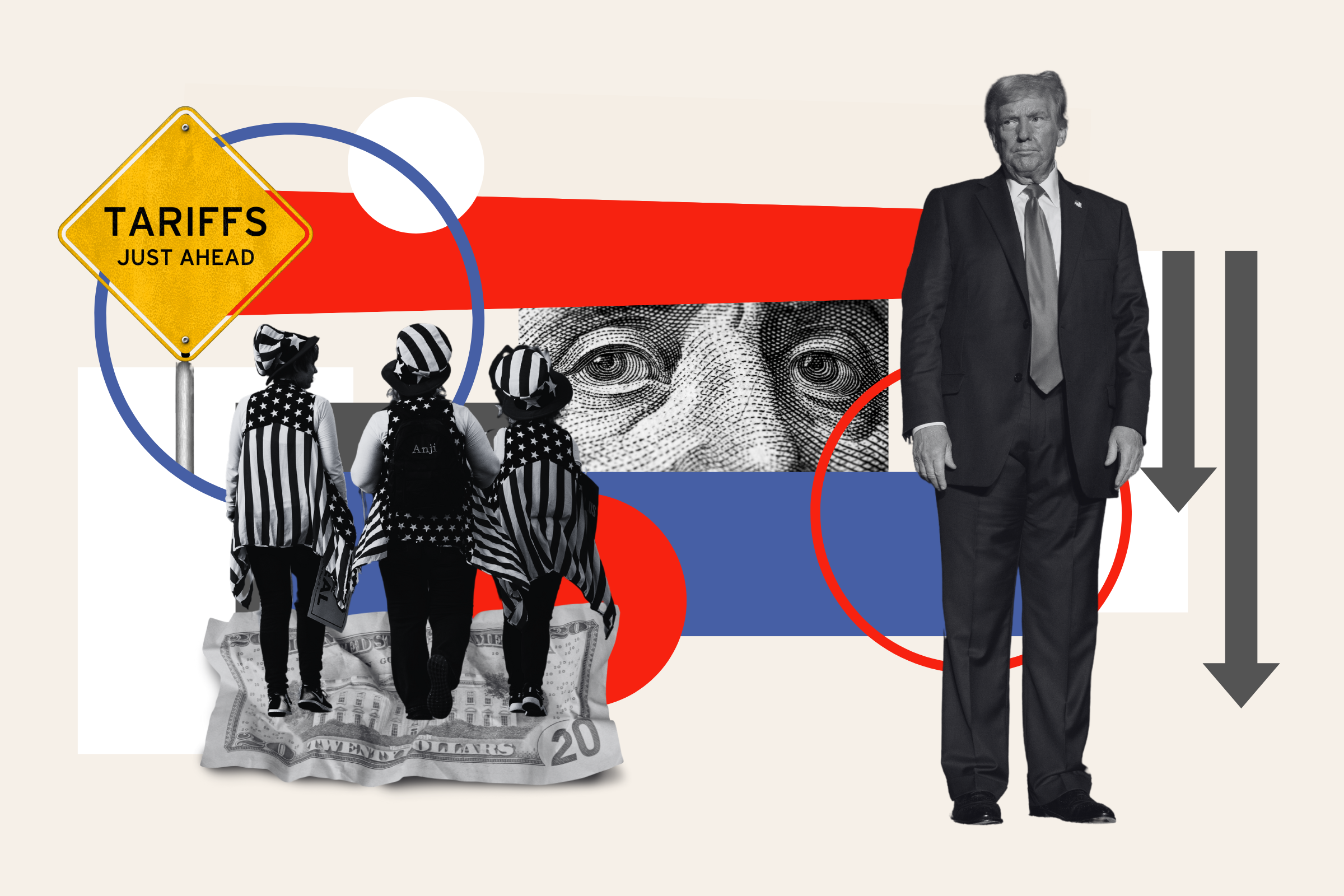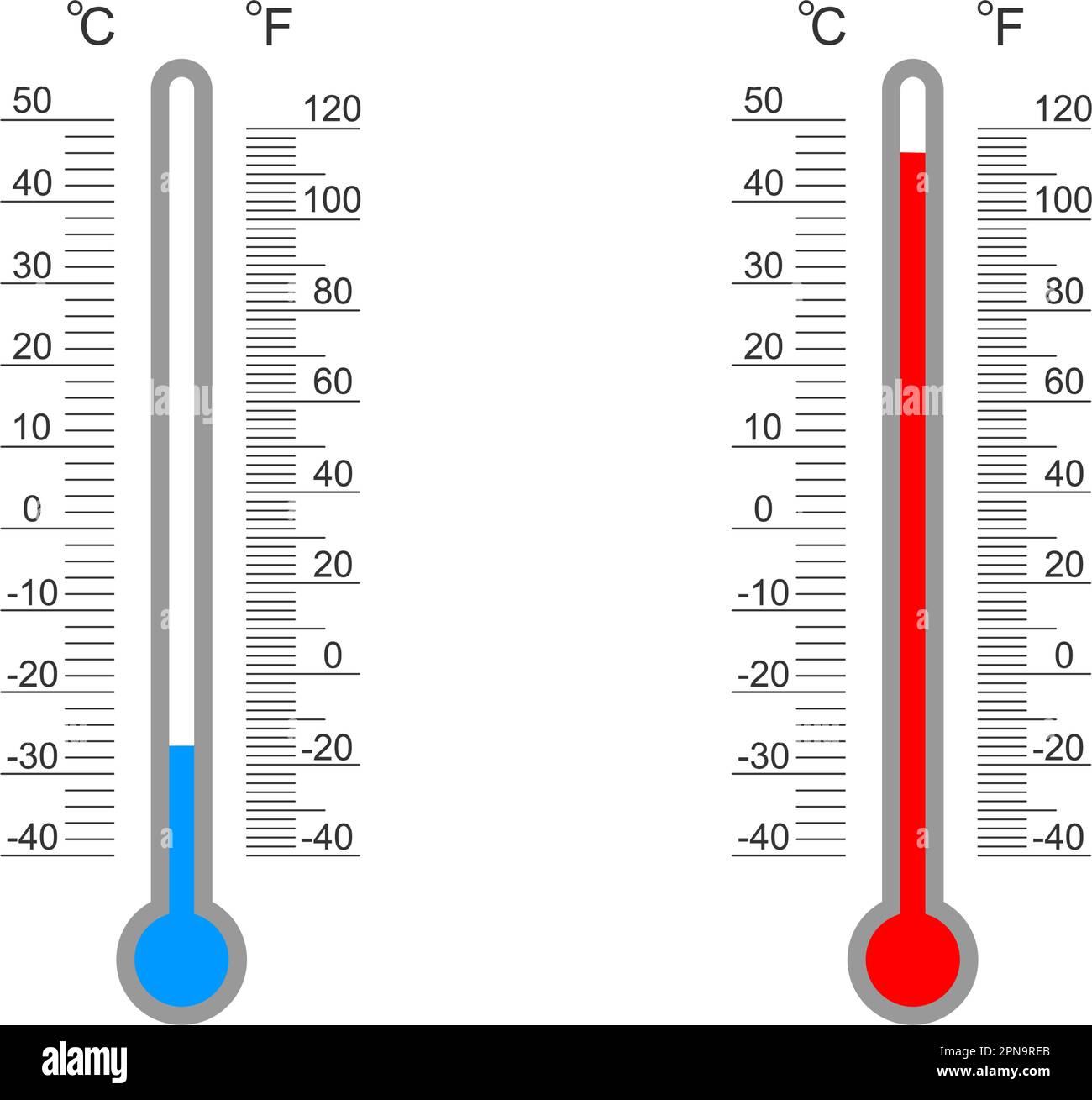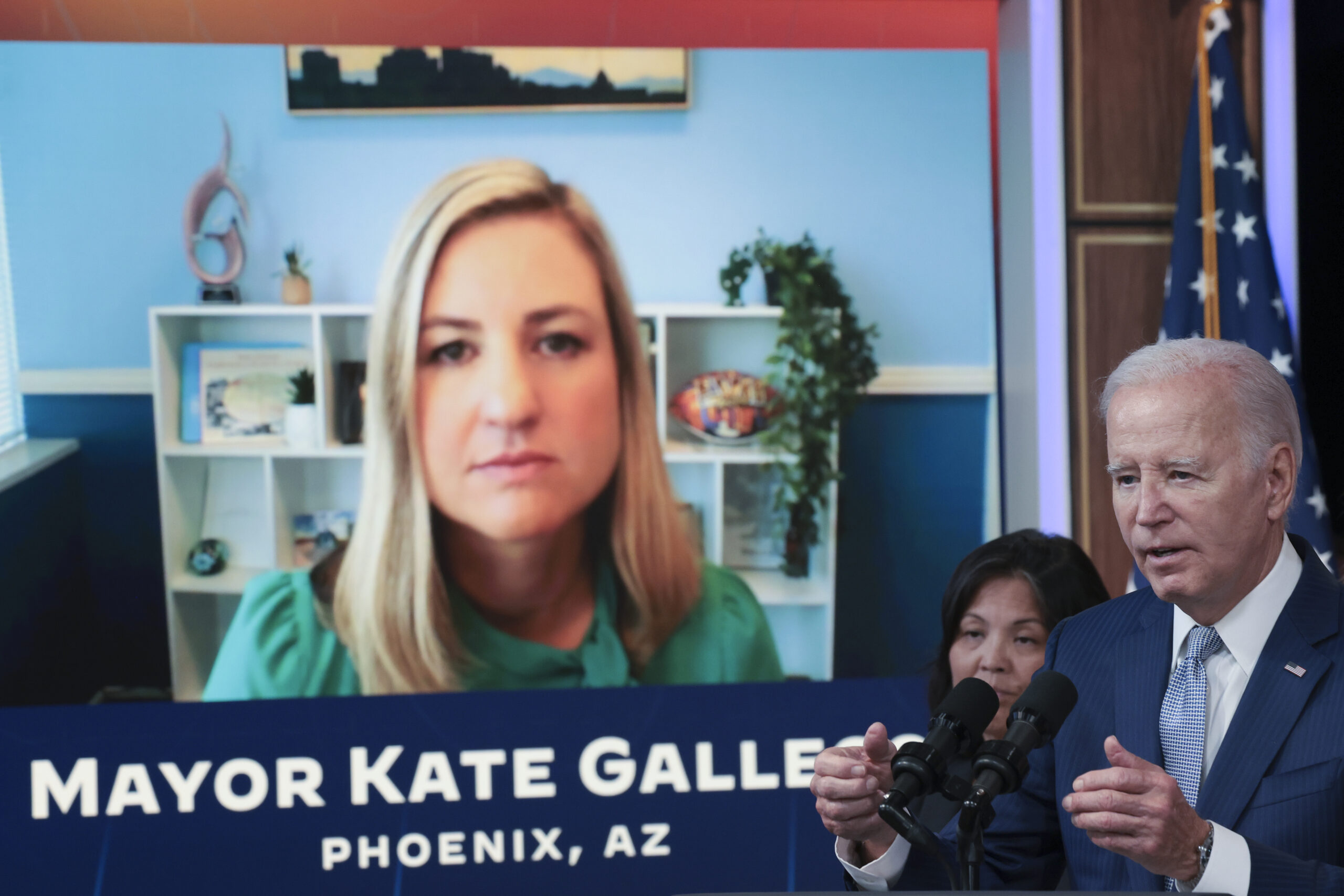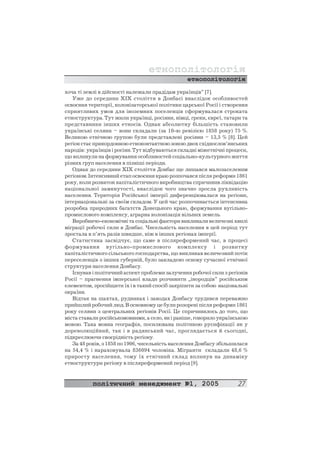The Untold Story: Trump's Tariffs And The Small Business Crisis

Table of Contents
The Initial Promise vs. the Harsh Reality
The initial justification for Trump's tariffs centered on protecting American jobs and addressing perceived trade imbalances with China and other nations. The argument was that higher tariffs on imported goods would encourage domestic production, bolstering American manufacturing and creating jobs. However, the reality for many small businesses was starkly different. The promised benefits failed to materialize, while the negative consequences were widespread and devastating.
-
Increased import costs for raw materials and finished goods: Many small businesses rely on imported materials for production. Tariffs dramatically increased these costs, squeezing profit margins and forcing some to cut production or even close their doors. This affected businesses across various sectors, from clothing manufacturers relying on textiles from overseas to furniture makers using imported wood.
-
Reduced consumer spending due to higher prices: The increased costs associated with tariffs were often passed on to consumers in the form of higher prices. This led to reduced consumer spending, further impacting small businesses already struggling with increased input costs. This created a vicious cycle, with decreased demand forcing businesses to cut jobs or shutter operations altogether.
-
Difficulty competing with larger businesses better equipped to handle tariff increases: Larger corporations often have more resources to absorb increased costs, negotiate better deals with suppliers, and diversify their supply chains. Smaller businesses lacked these advantages, leaving them particularly vulnerable to the negative impacts of tariffs. This exacerbated existing inequalities within the business landscape.
-
Loss of export markets due to retaliatory tariffs: Other countries responded to Trump's tariffs with their own retaliatory measures, imposing tariffs on American exports. This significantly impacted small businesses that relied on international markets for sales, further compounding their financial difficulties and creating a trade war that hurt both importers and exporters.
The Burden of Increased Costs
Tariffs imposed a significant burden on small businesses, impacting their operations in multiple ways. The increased costs weren't just limited to the price of imported goods; they rippled through the entire supply chain.
-
Rising prices of imported goods: Specific examples include a sharp increase in the price of steel used by manufacturers, a rise in the cost of electronic components for tech startups, and higher prices for clothing materials used by apparel businesses. These increased material costs directly affected production costs.
-
Increased shipping and logistics costs: Tariffs and trade disputes often led to increased shipping times and more complex logistics, adding to the overall cost of goods. Delays and disruptions in the supply chain further strained already fragile businesses.
-
Difficulty passing increased costs onto consumers: Small businesses often have less pricing power than larger corporations and struggled to pass increased costs onto consumers without losing market share. This resulted in decreased profits or even losses.
-
Reduced profit margins and potential for business failure: The combined effect of higher input costs, reduced consumer demand, and difficulty passing costs onto consumers led to significantly reduced profit margins and increased risk of business failure for many small businesses. Countless small businesses closed their doors permanently as a direct consequence of these economic pressures.
The Struggle for Access to Capital
The economic uncertainty created by Trump's tariffs also significantly impacted small businesses' access to capital. The increased risk associated with lending to businesses operating in uncertain economic conditions led to a tightening of credit markets.
-
Increased risk associated with investing in small businesses facing tariff-related challenges: Investors became more cautious, reducing investment in small businesses perceived as being at higher risk due to tariff-related uncertainties.
-
Banks becoming more reluctant to lend to businesses in struggling sectors: Banks tightened lending criteria, making it more difficult for small businesses to secure loans, even those with previously strong credit histories. This exacerbated existing financial constraints.
-
Difficulty accessing government aid programs: While some government aid programs existed to support small businesses, navigating these complex programs often proved challenging for small business owners already overwhelmed by the financial pressures of the tariffs. Access to these programs was often insufficient to offset the effects of tariffs.
The Ripple Effect on the Economy
The small business crisis triggered by Trump's tariffs had a significant ripple effect on the broader economy. The consequences extended far beyond individual businesses, impacting job growth, consumer confidence, and long-term economic stability.
-
Decreased employment in small business-dependent sectors: Small businesses are major employers, and their struggles led to job losses across various sectors, impacting families and communities nationwide.
-
Reduced consumer confidence and spending: The uncertainty created by the tariffs and the subsequent economic downturn led to reduced consumer confidence and spending, further weakening the economy.
-
Negative impact on overall GDP growth: The combined effects of job losses, reduced consumer spending, and business closures contributed to a negative impact on overall GDP growth, hindering the economic progress of the nation.
-
Long-term consequences for economic stability: The economic instability and uncertainty caused by the tariffs potentially created long-term negative consequences for economic stability and future growth.
Government Response and Support (or Lack Thereof)
The government's response to the plight of small businesses affected by tariffs was widely criticized as inadequate. While some aid packages and support programs were introduced, their effectiveness was limited, and many small businesses were left to fend for themselves.
-
Availability of government loans and grants: While some government loan and grant programs existed, accessing these funds often proved to be a bureaucratic maze, requiring extensive paperwork and lengthy processing times, adding to the burden on already struggling business owners.
-
Effectiveness of existing small business support programs: Many existing small business support programs were insufficient to address the scale and severity of the crisis. They lacked the resources and flexibility to deal with the unique challenges posed by the tariffs.
-
Advocacy efforts by small business organizations: Small business organizations actively advocated for policy changes and greater government support, highlighting the devastating impact of the tariffs on their members.
-
Political debate surrounding tariff policy and its impact: The impact of the tariffs on small businesses fueled a significant political debate, with disagreements on the effectiveness of the trade policies and the appropriate level of government intervention.
Conclusion
Trump's tariffs presented a significant challenge to small businesses across the United States, resulting in increased costs, reduced access to capital, and a ripple effect throughout the economy. The untold story highlights the crucial need for policymakers to consider the far-reaching consequences of trade policies on the most vulnerable segments of the economy. Understanding the devastating impact of Trump's tariffs on small businesses is vital for building a more resilient and equitable future. We must learn from these experiences to avoid similar crises in the future and advocate for policies that genuinely support small business growth. Let's continue the conversation about the impact of trade policies and fight for policies that protect small businesses against future economic shocks caused by ill-considered trade actions. Learn more about mitigating the risks of future trade wars and supporting small business resilience.

Featured Posts
-
 After A Decade John Wicks Overlooked Character Returns
May 12, 2025
After A Decade John Wicks Overlooked Character Returns
May 12, 2025 -
 Rossiyskie Atomnye Podlodki Putin Otvetil Dzhonsonu
May 12, 2025
Rossiyskie Atomnye Podlodki Putin Otvetil Dzhonsonu
May 12, 2025 -
 Jessica Simpson And Eric Johnson Addressing The Split Rumors Following Public Sighting
May 12, 2025
Jessica Simpson And Eric Johnson Addressing The Split Rumors Following Public Sighting
May 12, 2025 -
 Five Drivers On The Bubble Whos Out Of The 2025 Indy 500
May 12, 2025
Five Drivers On The Bubble Whos Out Of The 2025 Indy 500
May 12, 2025 -
 Ufc Champion Shevchenko Rejects Fiorots Callout
May 12, 2025
Ufc Champion Shevchenko Rejects Fiorots Callout
May 12, 2025
Latest Posts
-
 Indore Braces For Extreme Heat 40 Celsius Temperature And Loo Warning
May 13, 2025
Indore Braces For Extreme Heat 40 Celsius Temperature And Loo Warning
May 13, 2025 -
 Extreme Heat Sweeps La And Orange Counties Record High Temperatures Reported
May 13, 2025
Extreme Heat Sweeps La And Orange Counties Record High Temperatures Reported
May 13, 2025 -
 Rozselennya Romiv V Ukrayini Chiselnist Faktori Ta Geografiya
May 13, 2025
Rozselennya Romiv V Ukrayini Chiselnist Faktori Ta Geografiya
May 13, 2025 -
 40 C Scorcher In Indore Cmho Issues Heatwave Advisory Loo Alert
May 13, 2025
40 C Scorcher In Indore Cmho Issues Heatwave Advisory Loo Alert
May 13, 2025 -
 La And Orange County Face Record Breaking Heat Safety Tips And Precautions
May 13, 2025
La And Orange County Face Record Breaking Heat Safety Tips And Precautions
May 13, 2025
